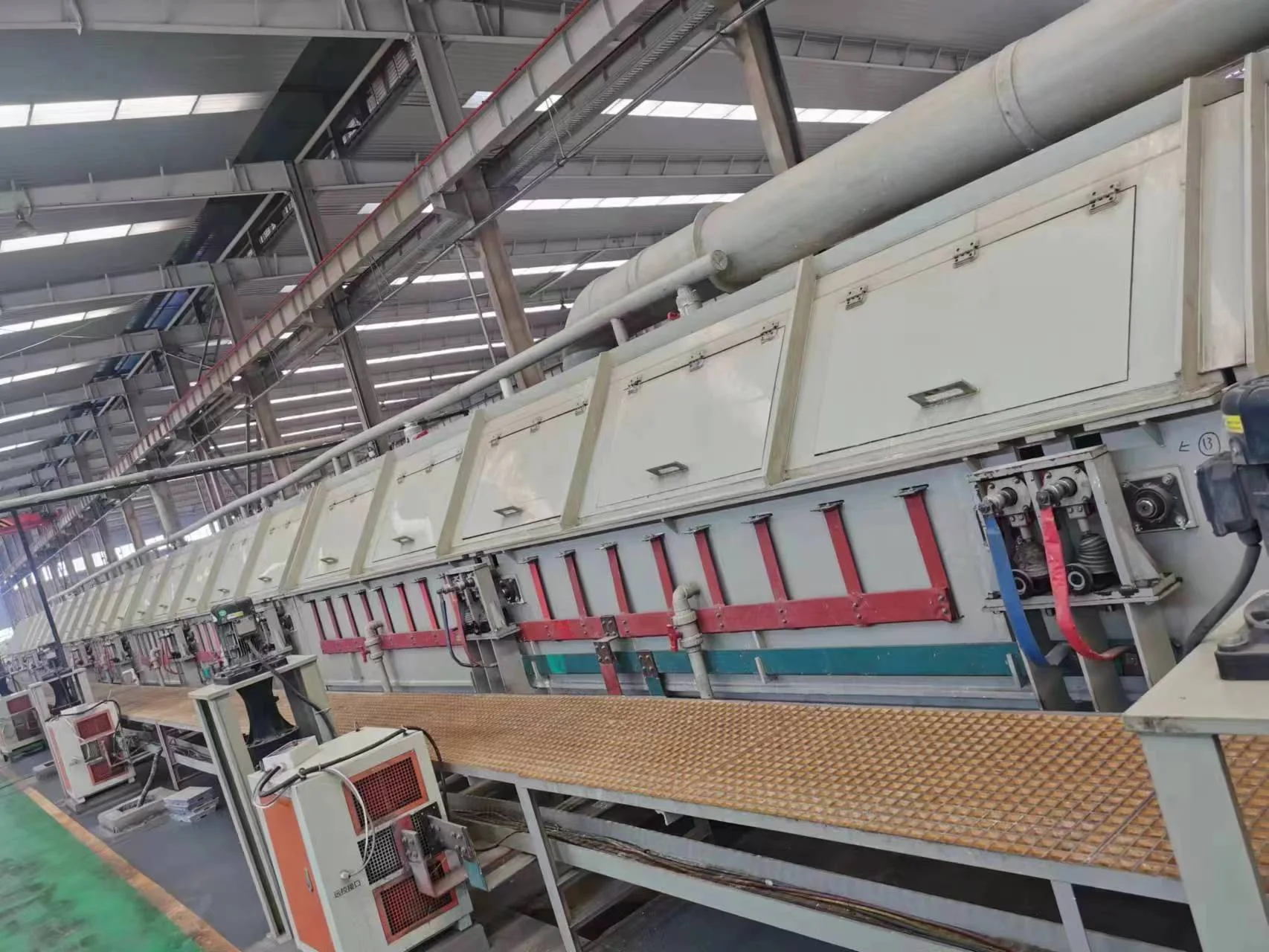- This topic is empty.
-
AuthorPosts
-
2025-04-15 at 5:25 pm #3142
In the modern steel wire manufacturing industry, the heat treatment hot dip galvanizing process has become a cornerstone technology. It not only enhances the durability and corrosion resistance of steel wires but also ensures their mechanical properties meet various industrial standards. In this blog post, Yifam will share the working principle of heat treatment hot dip galvanized wire machine for sale, exploring how components and process flow affects the quality of the final product.
Introduction to Hot Dip Galvanizing Wire Machine for sale
Hot dip galvanizing wire machines are specialized industrial equipment designed to apply a protective zinc coating to steel wires. These machines are capable of processing a wide range of wire diameters, from 0.7mm to 8.0mm, and can handle varying carbon contents in the steel, catering to low, medium, and high carbon steel wires. The coating weight can be precisely controlled within the range of 40-450 g/m², ensuring the wires meet specific corrosion resistance requirements.
Key Components and Functions of Hot Dip Galvanized Wire Machine
The heat treatment hot dip galvanizing wire machine is a complex assembly of several key components, each playing a vital role in the overall process:
1. Pay-off Unit: The process begins with the pay-off unit, which unwinds the steel wire from a bobbin. This unit is typically of a passive type, designed to handle large bobbins with a capacity of up to 10 meters in diameter. The pay-off unit ensures a smooth and consistent supply of wire into the production line.
2. Annealing Furnace: The annealing furnace is a critical component that softens the steel wire by heating it to a specific temperature. This process is essential for improving the wire's ductility and preparing it for the galvanizing process. The annealing furnace operates online and is powered by natural gas, ensuring efficient and uniform heating. The furnace's length is approximately 22 meters, providing ample time for the wire to reach the desired annealing temperature.
3. Cooling Section: After annealing, the wire is cooled using a combination of air and water cooling systems. The air cooling section, spanning 15 meters, gradually reduces the wire's temperature, while the water cooling section, measuring 3 meters, provides rapid cooling. This dual cooling method ensures the wire's mechanical properties are maintained while preventing excessive oxidation.
4. Acid Washing: The wire then undergoes a smokeless acid washing process using hydrochloric acid (HCl). This 12.5-meter-long section removes any surface oxides and impurities, ensuring a clean surface for the zinc coating to adhere to. The acid washing process is followed by a three-stage water flushing system, each stage measuring 3.2 meters, to thoroughly rinse off any residual acid.
5. Galvanizing Process: The heart of the machine is the hot dip galvanizing section. The wire is dipped into a molten zinc bath, where it is coated with a layer of zinc. The galvanizing section is 6.5 meters long and is designed to ensure uniform coating thickness. The zinc coating provides excellent corrosion resistance and enhances the wire's durability.
6. Drying and Cooling: After galvanizing, the wire is dried using a 6-meter-long drying section. This step removes any excess zinc and ensures a smooth and uniform coating. The wire is then cooled further before being coiled.
7. Coiling Unit: The final stage of the process is the coiling unit, where the galvanized wire is wound onto a bobbin. The coiling unit is designed to handle the wire gently, ensuring no damage to the zinc coating. The coiling unit's length is approximately 10 meters, and it is capable of producing high-quality coils ready for packaging and shipping.

Technical Parameters and Process Flow of Hot Dip Galvanized Wire Machine
The technical parameters of the heat treatment hot dip galvanizing wire machine are meticulously designed to ensure optimal performance. For example, the machine can process low carbon steel wire (SAE1006) with a diameter range of 1.8-4.9mm. The design DV value is 50 meters per minute, with a maximum working speed of 28 meters per minute. The machine is capable of producing up to 590 kg/hour on 12 lines, resulting in a monthly production capacity of 366 tons at 85% working efficiency.
The process flow is carefully orchestrated to ensure each step is seamlessly integrated. The wire passes through the pay-off unit, annealing furnace, cooling sections, acid washing, galvanizing, drying, and finally, the coiling unit. Each stage is designed to optimize the wire's properties and ensure a high-quality final product.
Advantages of Heat Treatment Hot Dip Galvanizing
The heat treatment hot dip galvanizing process offers several advantages over other coating methods. The zinc coating provides excellent corrosion resistance, making the wire suitable for use in harsh environments. The process also enhances the wire's mechanical properties, such as tensile strength and ductility. Additionally, the uniform coating ensures consistent performance across the entire length of the wire.
Conclusion
The heat treatment hot dip galvanizing wire machine is a sophisticated piece of industrial equipment that plays a vital role in the steel wire manufacturing industry. By understanding its working principles and the functions of each component, manufacturers can optimize their processes to produce high-quality galvanized steel wires. As technology continues to advance, we can expect further improvements in the efficiency and effectiveness of these machines, ensuring they remain a crucial part of the industry for years to come.
http://www.yifam.com
Yifam -
AuthorPosts
- You must be logged in to reply to this topic.
